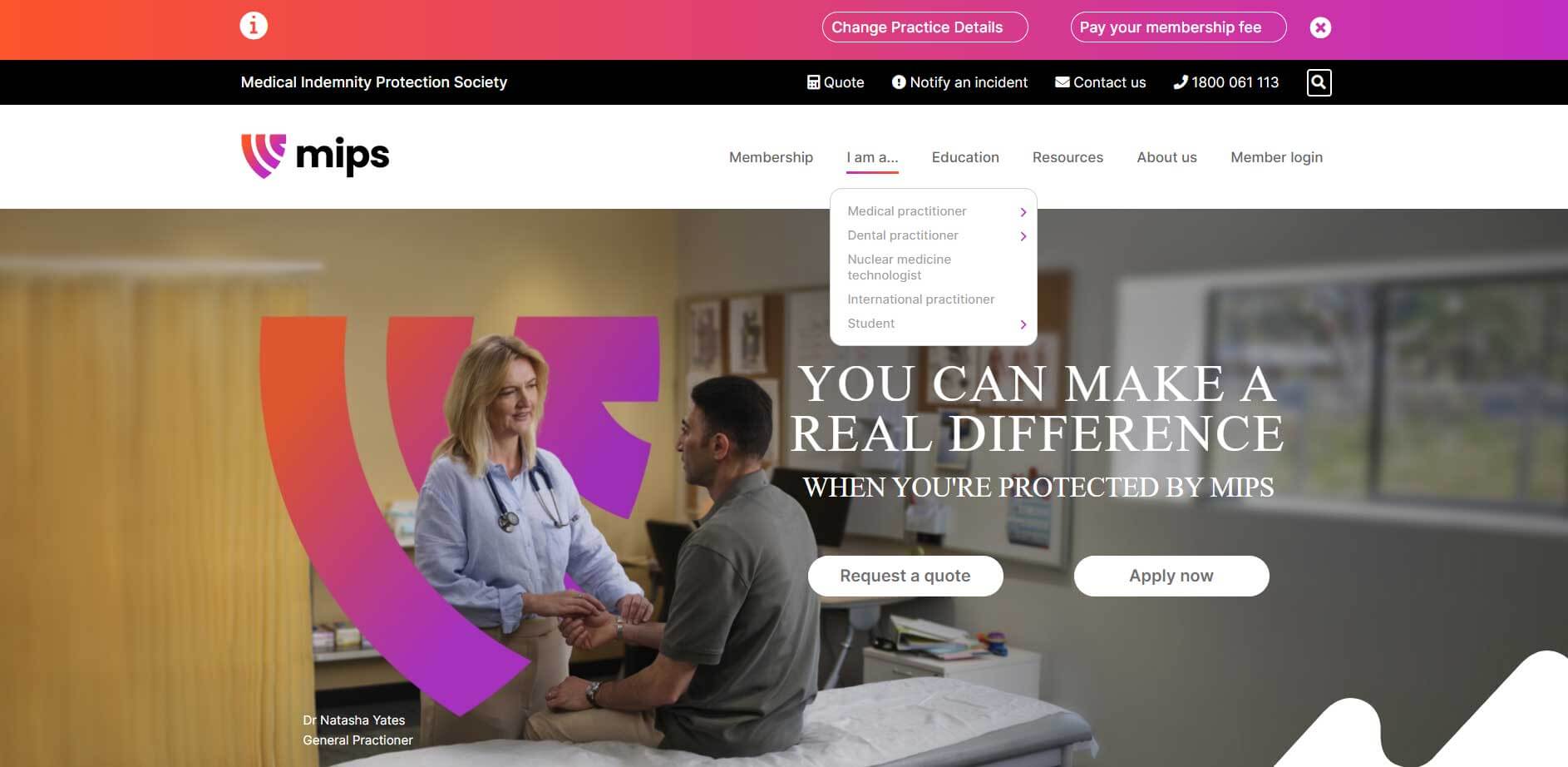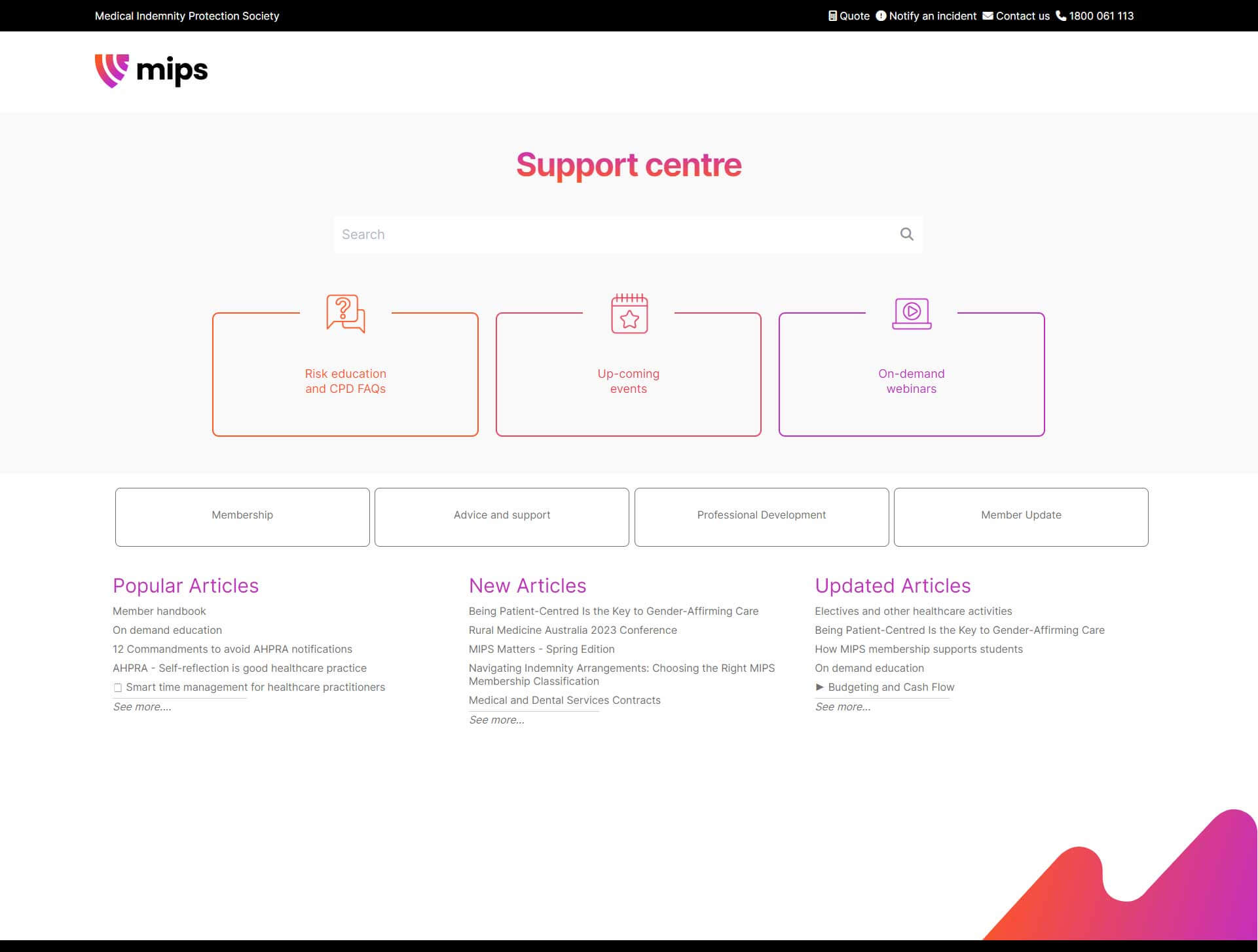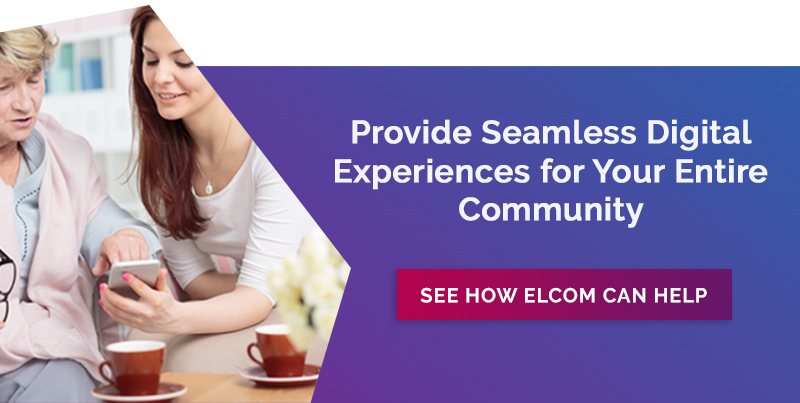Successful healthcare website design and development is no longer a nice-to-have; it's an essential component of modern healthcare delivery.
The impact of technology in healthcare, specifically the importance of a well-designed healthcare website cannot be overstated.
According to a previous study, 80% of internet users in Australia were already searching for health-related information online, highlighting the critical role of digital platforms in the healthcare decision-making process as far back as 2015.
Additionally, patients increasingly expect a seamless online experience.
A report by Deloitte found that consumer satisfaction with digital healthcare experiences has a significant impact on overall satisfaction with healthcare providers. This underscores the need for healthcare websites that are not only informative and user-friendly but also engaging and reflective of high-quality care.
This guide aims to delve into the key elements of great healthcare website designs. Whether you're redesigning your existing website or building a new one from scratch, these insights will help you create a digital presence that effectively meets the needs of your audience and sets your organisation apart in the competitive healthcare landscape.
Why is Web Design Important in Healthcare?
A good healthcare website is the cornerstone of effective digital communication in the health sector.
Web design in healthcare is vital for ensuring accessibility and usability, especially for users with disabilities. It enhances patient engagement by providing educational resources and enabling efficient navigation.
A well-designed website establishes trust and credibility, essential in healthcare. It also supports telemedicine and online services like appointment booking and patient portals.
Effective web design aids in marketing and outreach, helping healthcare providers showcase their services and attract patients.
Additionally, it ensures compliance with regulations like HIPAA for patient data privacy.
MIPS Healthcare Website Example
Let's delve into a successful website design example before dissecting what makes a good website.
Medical Indemnity Protection Society Ltd (MIPS) is a membership organisation dedicated to equipping healthcare professionals with the necessary protection, security, and support to practice with assurance.
The revamped MIPS website and accompanying member portal caters to a substantial 50,000+ member base, enabling them to access information, manage their membership, participate in online training, download membership documents, and update their personal details.
- Enhanced Training: The platform's Training Manager serves as an effective platform for meeting MIPS' online training offerings including automated email and SMS alerts, along with a risk education dashboard.
- Integration of Legacy Systems: The website assisted in reducing reliance on disparate external systems, integrating data back into our core business systems. This led to a streamlined data consolidation, enhancing efficiency and functionality while significantly simplifying processes.
- Unified Access: MIPS members now enjoy the convenience of single-system access using one password. The organisation has enhanced its capability to offer online features in a cohesive, integrated environment. This advancement allows both MIPS and its members to efficiently track information, including education history, in a centralised location. MIPS are able to pull data from line-of-business systems, making it directly accessible to members. This has streamlined content delivery, membership access, and training capabilities.
What Makes a Good Healthcare Website?
In this section, we’ll delve into the essential that make a healthcare website not just functional, but exceptional.
1. User-Friendly Design
At the heart of what makes a good healthcare website is its user-friendliness. Often overlooked, corporate/enterprise website development is crucial. A website that is easy to navigate ensures that users, regardless of their technical proficiency, can find the information they need without hassle.
This involves several specific features and design elements:
- Intuitive Navigation: Implement a clear, hierarchical menu structure. Use drop-down menus to organise information into categories and subcategories, making it easy for users to drill down to the information they need.
- Search Functionality: Incorporate an advanced search feature with filters, allowing users to quickly narrow down their search results based on specific criteria, such as types of services, locations, or health conditions.
- Breadcrumb Trails: These help users keep track of their locations within the website, making it easier to navigate back to previous pages.
- Clear Call-to-Action (CTA) Buttons: Use CTAs to guide users to important actions, such as booking appointments, contacting health professionals, or accessing patient portals. Ensure these buttons are prominently placed and use contrasting colours to make them stand out.
- Load Time Optimisation: Ensure the website loads quickly, as slow load times can frustrate users and lead to higher bounce rates.

MIPS, for example, uses an intuitive user-centric navigation menu that makes it easy for their target audience, from medical practitioners and students, to find relevant information for their needs.
2. Informative and Engaging Content
Great healthcare website designs are underpinned by content that is both informative and engaging. This means going beyond just presenting facts. It's about creating content that speaks to the needs and concerns of the audience, whether they are patients, healthcare professionals, or the general public. This could include health tips, informative articles, patient stories, and FAQs. The key is to provide value through content that educates, engages, and empowers users.
Content is the core of any great healthcare website design. To make it both informative and engaging, consider the following:
- Quality Health Information: Provide well-researched, accurate, and up-to-date health information. Use layman's terms to explain medical jargon, making the content accessible to a broader audience.
- Interactive Tools: Incorporate tools like symptom checkers, health risk assessments, or interactive guides. These tools engage users actively and provide personalised value.
- Video and Webinar Content: Utilise video for patient testimonials, behind-the-scenes looks at healthcare facilities, or training and/or service videos. Videos can be a powerful tool for engagement and education.
- Regularly Updated Blog: A blog with regular posts on health tips, news, and wellness advice keeps the content fresh and encourages repeat visits.
- Infographics and Visual Aids: Use these to break down complex medical information into digestible, easy-to-understand formats.
3. Visually Appealing Layout
The best healthcare website designs don't just inform; they also appeal to the eye. A visually appealing layout with a clean, professional look instils confidence and trust in users. A well-designed website reflects the quality of care and attention to detail that is synonymous with the healthcare industry.
The visual appeal of a healthcare website plays a significant role in how users perceive it. To achieve a visually appealing layout, consider:
- Consistent Branding: Use colours, fonts, and imagery that align with your brand's identity. This consistency helps in building trust and recognition.
- Whitespace Usage: Adequate use of whitespace avoids clutter, making the website appear clean and organised, which is essential in a healthcare setting.
- Quality Imagery: Use high-quality, relevant images that convey care and professionalism. Authentic photos of your facilities, staff, and patients can create a more personal connection.
- Responsive Design: Ensure the design is responsive, meaning it adjusts seamlessly to different screen sizes and devices. This is crucial for providing a good user experience across all devices.
- Legible Typography: Choose fonts that are easy to read and size them appropriately for headings, subheadings, and body text. Legibility is key, especially for users seeking important health information.

The MIPS website incorporates white space to make it easy to differentiate various sections in their Support Centre page, which is split into headings that clearly highlight and group categories.
4. Mobile-Friendly Design
With the increasing use of smartphones, a mobile-friendly design is essential for any top healthcare website design. A mobile-friendly website ensures that users can access vital healthcare information anytime, anywhere, which is particularly important in emergency situations.
Here are specific features and design elements that contribute to a mobile-friendly healthcare website:
- Responsive Design: Employ a responsive web design that automatically adjusts the layout, content, and navigation based on the device being used. This ensures that the website is easily navigable whether on a desktop, tablet, or smartphone.
- Touchscreen Navigation: Optimise navigation elements for touchscreen use, with buttons and links that are easy to tap. This includes spacing out links and making sure that interactive elements are adequately sized.
- Fast Loading Speeds: Optimise images and streamline code to ensure quick loading times on mobile devices. Mobile users often have less patience for slow-loading pages, especially when seeking important health information.
- Mobile-Friendly Content: Adapt content for mobile viewing. This might mean shorter paragraphs, bullet points, and mobile-optimised images and videos that load quickly and fit the screen size.
- Accessible Contact Information: Make sure that contact information is easily accessible, with features like click-to-call for phone numbers.
.jpg)
The MIPS website is responsive and easy to read across various devices.
5. Data Security
In the healthcare sector, where sensitive patient data is frequently handled, data security is paramount. The best medical website designs incorporate robust security measures to protect user data.
Here are key features to ensure data security:
- SSL Certification: Use SSL certificates to encrypt data transmitted between the user's device and the website, ensuring that personal and medical information is secure. Encrypted websites will have https:// in front of their website URL.
- Regular Software Updates: Keep all website software and plugins up to date to protect against known vulnerabilities.
- Secure Patient Portals: If providing online access to patient records, ensure that the portal is secured with strong authentication methods and encryption.
- Data Privacy Compliance: Adhere to relevant health data privacy regulations, such as the Health Insurance Portability and Accountability Act (HIPAA) in the U.S. or the Australian Privacy Principles (APPs), to ensure compliance with legal standards.
- Regular Security Audits: Conduct regular security audits and penetration testing to identify and rectify potential security vulnerabilities.

6. Accessibility
Finally, accessibility is a critical component of successful healthcare website design. This means ensuring that the website is accessible to people with disabilities, such as those who rely on screen readers or have difficulty with fine motor skills.
Ensuring that your healthcare website is accessible to all, including those with disabilities, is not just a legal requirement but also a moral obligation. Here are essential features to enhance accessibility:
- Alt Text for Images: Use alternative text for images so screen readers can describe images to visually impaired users.
- Keyboard Navigation: Ensure that the website can be navigated using a keyboard alone, which is crucial for users with certain physical disabilities.
- Contrast and Font Size: Use high-contrast colour schemes for readability and offer options to increase font size.
- Closed Captioning and Transcripts: Provide closed captioning for videos and transcripts for audio content, catering to users with hearing impairments.
- Accessibility Testing: Regularly test your website with various accessibility tools and involve users with disabilities in testing to ensure the website is truly accessible.
Conclusion
The journey to creating a successful healthcare website involves a deep understanding of what makes a good healthcare website. It's a blend of user-friendly design, engaging and authoritative content, visual appeal, mobile responsiveness, and stringent security measures. These elements work together to create a digital platform that not only meets the informational needs of users but also builds trust and credibility in the healthcare provider.
The significance of a well-designed healthcare website in today's digital landscape cannot be underestimated. As the first point of contact for many seeking health information or services, your website serves as the digital face of your healthcare organisation. It's an opportunity to demonstrate your commitment to quality care, accessibility, and patient satisfaction. By focusing on these key elements, you can ensure that your website effectively communicates your message, engages your audience, and stands out in the competitive healthcare sector.
Beyond this, there are several digital workplace tools to assist you with providing more engaging experiences to your audience. For example, you can also consider thinking about the benefits of an intranet on healthcare delivery.
Need support with your project? Elcom has been delivering successful website, portals and intranets for the healthcare industry for over a decade.
Whether you want to improve your employee experience and engagement, attract new clients, volunteers or funding, help frontline workers improve service delivery, or better support patients and families with more consistent and transparent communication; Elcom has you covered.
